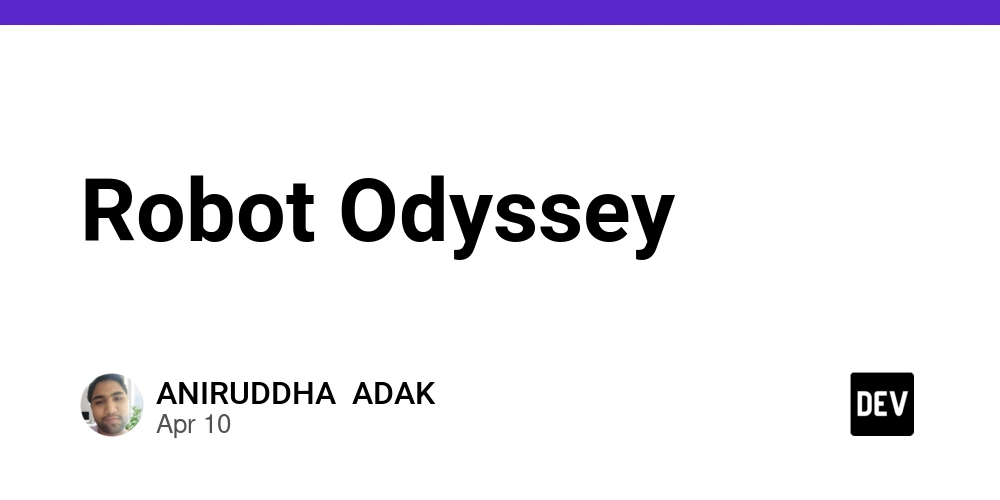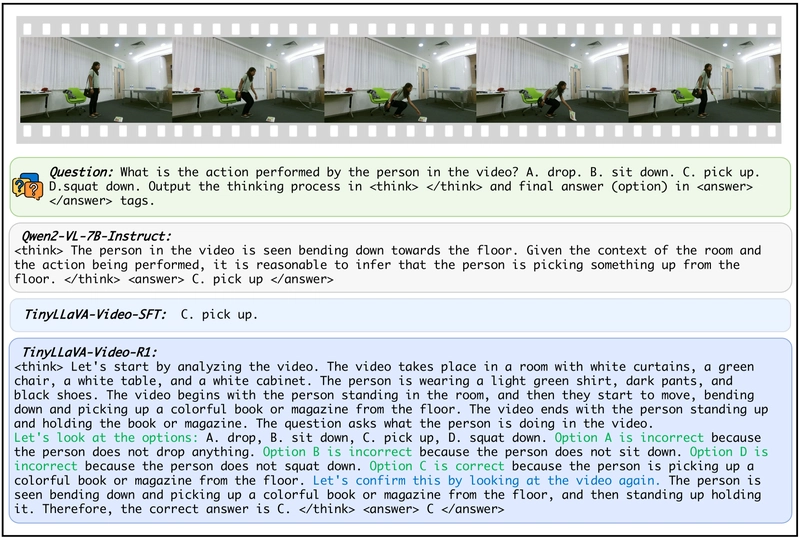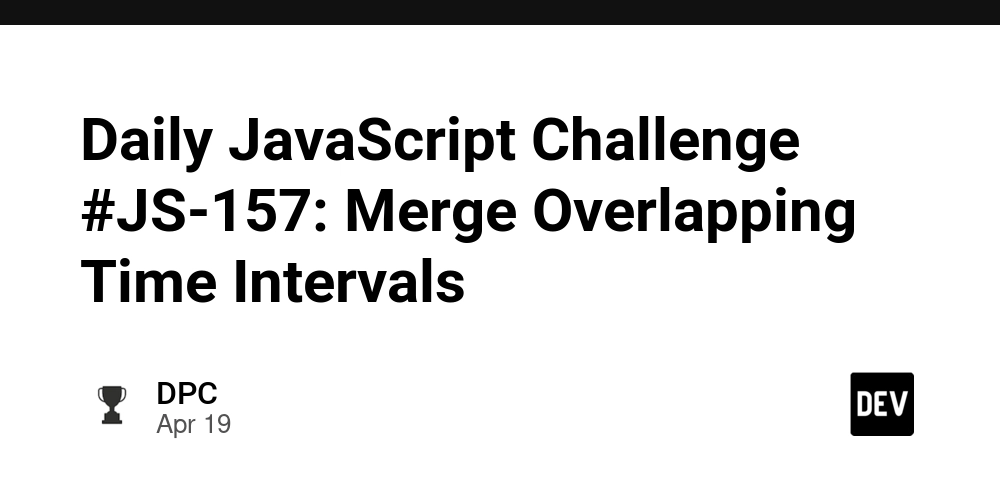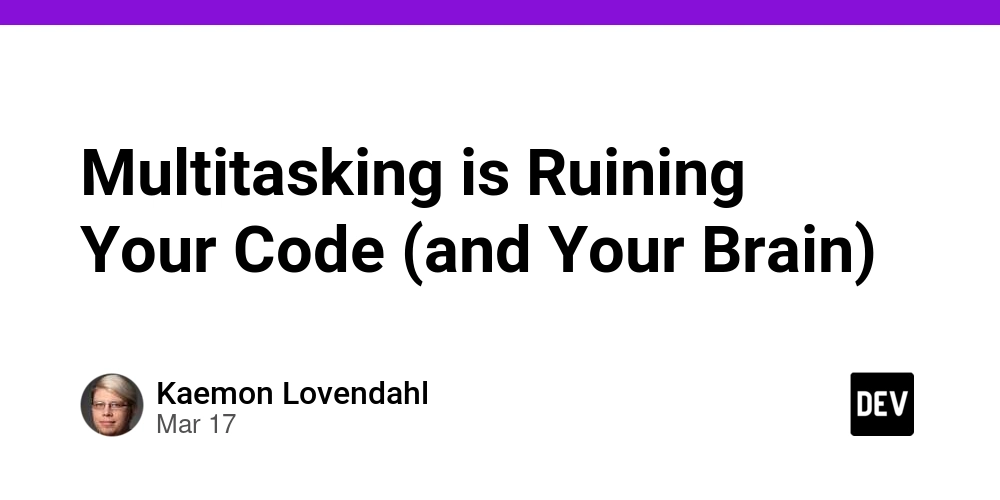Robot Odyssey
This is a submission for the Alibaba Cloud Challenge: Build a Web Game.* What I Built I developed a robot-themed puzzle game called "Robot Odyssey" where players control a robot navigating through a maze, collecting power-ups and avoiding obstacles. The game features a procedurally generated maze, ensuring a unique experience each time the player starts a new game. Demo You can play the game at https://robot-odyssey.alibabacloud.com. Here are some screenshots: Alibaba Cloud Services Implementation I utilized several Alibaba Cloud services to build and host "Robot Odyssey": Elastic Compute Service (ECS): I chose ECS for hosting my game due to its scalability and reliability. ECS allowed me to easily deploy and manage my game's backend infrastructure. I created an ECS instance with a Ubuntu image and deployed my game's Node.js server. The experience was seamless, and I was able to quickly scale my instance as needed. ApsaraDB for RDS: I used ApsaraDB for RDS to store player data, such as high scores and game progress. ApsaraDB provided a managed relational database service that was easy to set up and integrate with my game. I chose MySQL as my database engine and was able to quickly create a database instance and connect it to my ECS instance. Object Storage Service (OSS): I used OSS to store my game's assets, such as images and audio files. OSS provided a highly available and durable storage solution that was easy to integrate with my game. I was able to upload my assets to OSS and access them from my game using a simple API. Content Delivery Network (CDN): To optimize asset delivery and reduce latency, I used Alibaba Cloud's CDN. CDN cached my game's assets at edge locations around the world, ensuring that players could access them quickly and reliably. I was able to easily integrate CDN with my OSS bucket and saw a significant reduction in latency. Serverless App Engine (SAE): For lightweight backend needs, I explored using SAE. SAE provided a serverless platform that allowed me to deploy my game's backend API without worrying about server management. I was able to quickly deploy my API and scale it as needed. Game Development Highlights One of the most interesting aspects of my development process was implementing procedural generation for the maze. I used a combination of algorithms to generate a unique maze each time the player starts a new game. I'm proud of how the game turned out, and I'm excited to share it with the community.

This is a submission for the Alibaba Cloud Challenge: Build a Web Game.*
What I Built
I developed a robot-themed puzzle game called "Robot Odyssey" where players control a robot navigating through a maze, collecting power-ups and avoiding obstacles. The game features a procedurally generated maze, ensuring a unique experience each time the player starts a new game.
Demo
You can play the game at https://robot-odyssey.alibabacloud.com. Here are some screenshots:
Alibaba Cloud Services Implementation
I utilized several Alibaba Cloud services to build and host "Robot Odyssey":
Elastic Compute Service (ECS): I chose ECS for hosting my game due to its scalability and reliability. ECS allowed me to easily deploy and manage my game's backend infrastructure. I created an ECS instance with a Ubuntu image and deployed my game's Node.js server. The experience was seamless, and I was able to quickly scale my instance as needed.
ApsaraDB for RDS: I used ApsaraDB for RDS to store player data, such as high scores and game progress. ApsaraDB provided a managed relational database service that was easy to set up and integrate with my game. I chose MySQL as my database engine and was able to quickly create a database instance and connect it to my ECS instance.
Object Storage Service (OSS): I used OSS to store my game's assets, such as images and audio files. OSS provided a highly available and durable storage solution that was easy to integrate with my game. I was able to upload my assets to OSS and access them from my game using a simple API.
Content Delivery Network (CDN): To optimize asset delivery and reduce latency, I used Alibaba Cloud's CDN. CDN cached my game's assets at edge locations around the world, ensuring that players could access them quickly and reliably. I was able to easily integrate CDN with my OSS bucket and saw a significant reduction in latency.
Serverless App Engine (SAE): For lightweight backend needs, I explored using SAE. SAE provided a serverless platform that allowed me to deploy my game's backend API without worrying about server management. I was able to quickly deploy my API and scale it as needed.
Game Development Highlights
One of the most interesting aspects of my development process was implementing procedural generation for the maze. I used a combination of algorithms to generate a unique maze each time the player starts a new game. I'm proud of how the game turned out, and I'm excited to share it with the community.




























![[Webinar] AI Is Already Inside Your SaaS Stack — Learn How to Prevent the Next Silent Breach](https://blogger.googleusercontent.com/img/b/R29vZ2xl/AVvXsEiOWn65wd33dg2uO99NrtKbpYLfcepwOLidQDMls0HXKlA91k6HURluRA4WXgJRAZldEe1VReMQZyyYt1PgnoAn5JPpILsWlXIzmrBSs_TBoyPwO7hZrWouBg2-O3mdeoeSGY-l9_bsZB7vbpKjTSvG93zNytjxgTaMPqo9iq9Z5pGa05CJOs9uXpwHFT4/s1600/ai-cyber.jpg?#)














































































































































![[The AI Show Episode 144]: ChatGPT’s New Memory, Shopify CEO’s Leaked “AI First” Memo, Google Cloud Next Releases, o3 and o4-mini Coming Soon & Llama 4’s Rocky Launch](https://www.marketingaiinstitute.com/hubfs/ep%20144%20cover.png)




































































































































































































![Rogue Company Elite tier list of best characters [April 2025]](https://media.pocketgamer.com/artwork/na-33136-1657102075/rogue-company-ios-android-tier-cover.jpg?#)






































































_Andreas_Prott_Alamy.jpg?width=1280&auto=webp&quality=80&disable=upscale#)




























































































![What’s new in Android’s April 2025 Google System Updates [U: 4/18]](https://i0.wp.com/9to5google.com/wp-content/uploads/sites/4/2025/01/google-play-services-3.jpg?resize=1200%2C628&quality=82&strip=all&ssl=1)










![Apple Watch Series 10 Back On Sale for $299! [Lowest Price Ever]](https://www.iclarified.com/images/news/96657/96657/96657-640.jpg)
![EU Postpones Apple App Store Fines Amid Tariff Negotiations [Report]](https://www.iclarified.com/images/news/97068/97068/97068-640.jpg)
![Apple Slips to Fifth in China's Smartphone Market with 9% Decline [Report]](https://www.iclarified.com/images/news/97065/97065/97065-640.jpg)



































































































































